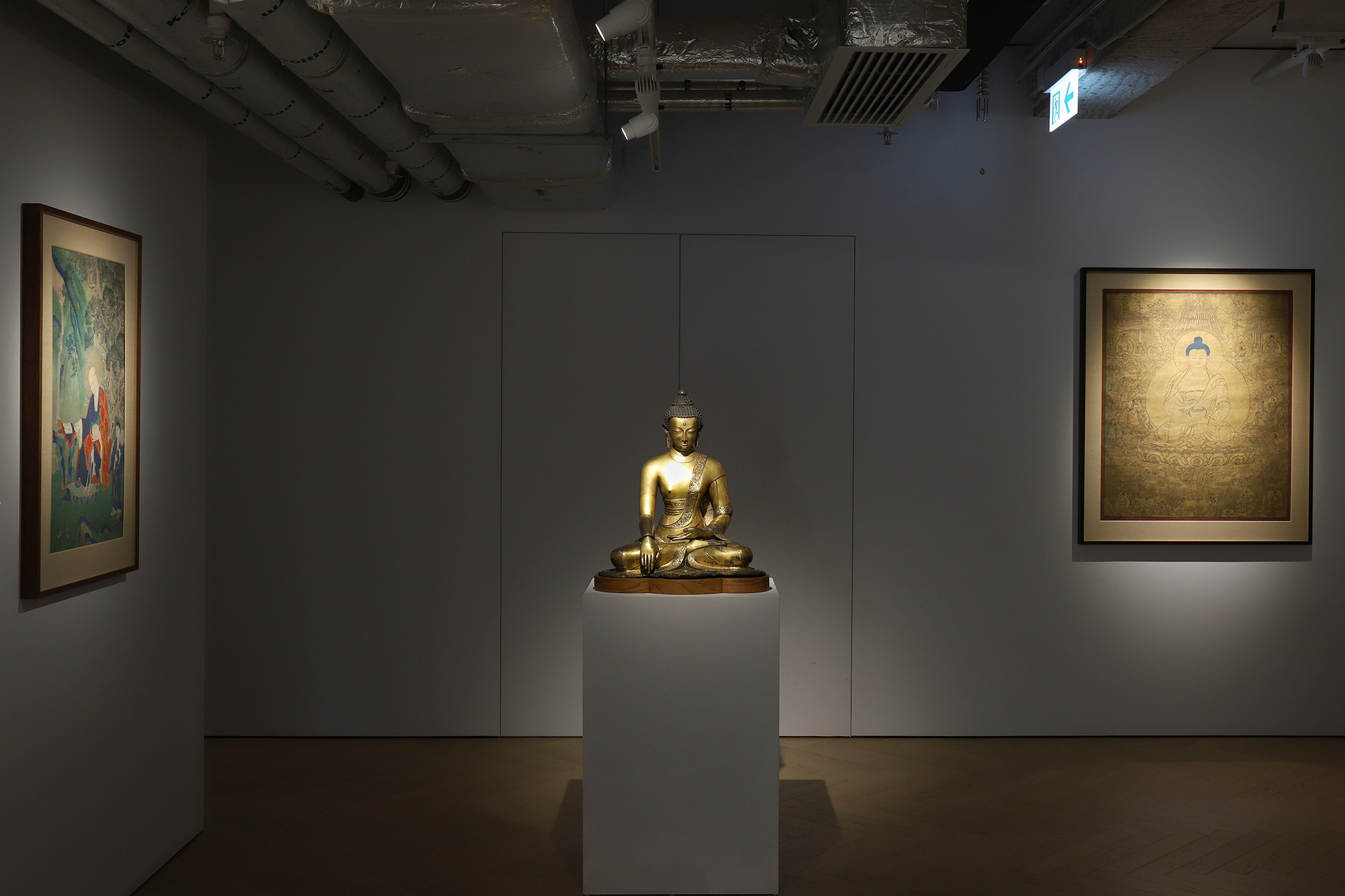
This year Rossi & Rossi and CarltonRochell Asian Art will join forces to present Masterworks from the Himalayas,an exhibition of rare sculptures, paintings, and ritual objects from Tibet,Nepal, and Mongolia drawn from private collections in Europe and the UnitedStates, many of which have not been available to collectors in decades.
The allure of Buddhist art from theHimalayas has been steadily growing in Asia. A burgeoning interest in this genre has led to the emergence of newcollectors and institutions keen on amassing fine collections of Himalayan art.The intricate connections between Himalayan and Chinese art, as well as theprofound significance of Buddhism, continue to captivate art enthusiastsworldwide. This is the fifth such collaboration between the galleries: in 1999they staged Sacred Symbols: The Ritual Art of Tibet and in 2009 they presentedMasterpieces of Himalayan Art from a European Private Collection.
Among the works on view is one of thefinest examples of late-fourteenth and early-fifteenth century Tibetanpaintings, a masterpiece of elegant design and vibrant color. The sky-blue visvavajra-shapedarches at the center draw the viewer’s focus to the principal deity standing ina militant posture against a backdrop of fire. The dark-blue four-armedVajrapani holds a diamond scepter (vajra) and bell (ghanta) andtwo snakes with their heads in his mouth and their tails trampled underfoot,together with a makara and a divinatory tortoise.The elaborate scrollworkthroughout the mandala palace, the subtle shading of figures and backgrounddetail, and the predominant use of red in the palette are hallmarks of earlyNepalese painting for Tibetan patrons.The clarity of composition and visualimpact of the mandala is enhanced by the deep blue-black background from whichthe vivid color fields project.
Another highlight is asixteenth-seventeenth century sculpture of Buddha Sakyamuni from Nepal. Thehistorical Buddha Sakyamuni sits cross-legged, touching the earth in thefamiliar bhumisparsa mudra, calling it to witness his awakening. Cast inNepal, this image embodies the enduring traditions of Newar metalwork at a timeof great cultural vitality in the Kathmandu Valley. His body, softly modeledyet firmly grounded, rises into a long, smooth torso framed by a monastic robeedged in delicate bands of engraved lotus petals in shallow relief. The wide, inward-turning eyes, arched brows,and gently smiling mouth convey a tranquil presence, a hallmark of Newar idealsof enlightened form.


